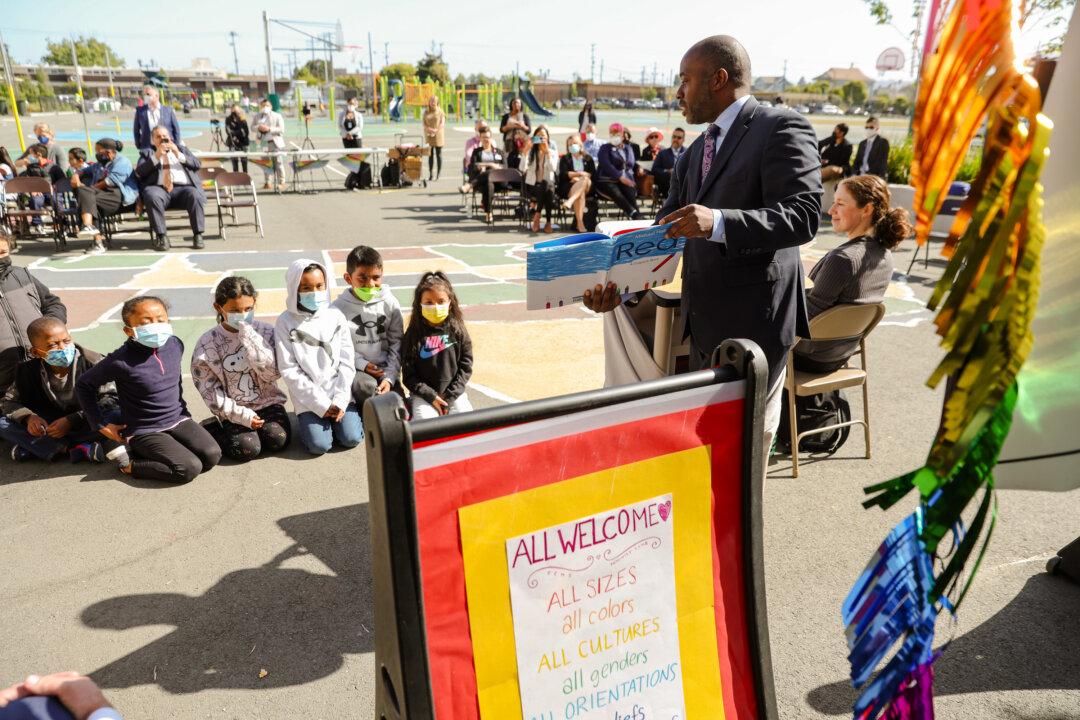Gov. Gavin Newsom Oct. 13 signed a bill that makes tuition more affordable for some low-income residents of Mexico to attend local community colleges in California.
Assembly Bill 91, introduced by Assemblyman David Alvarez (D-San Diego), will create a pilot program allowing Mexico residents who live within 45 miles of the California border to pay in-state tuition to attend one of nine campuses in the San Diego and Imperial Valley Counties Community College Association.





